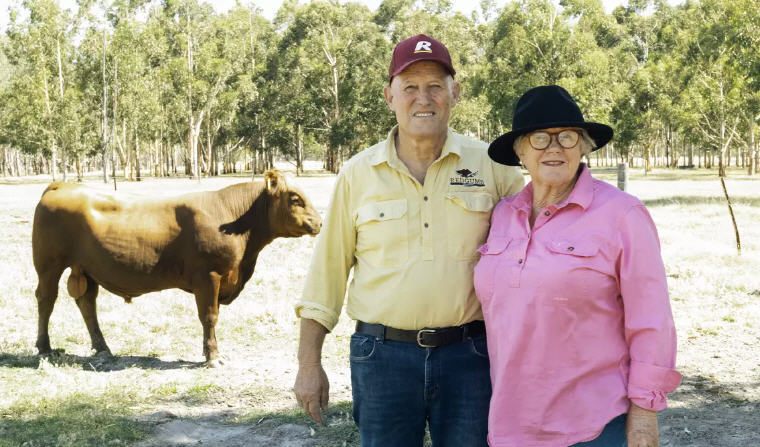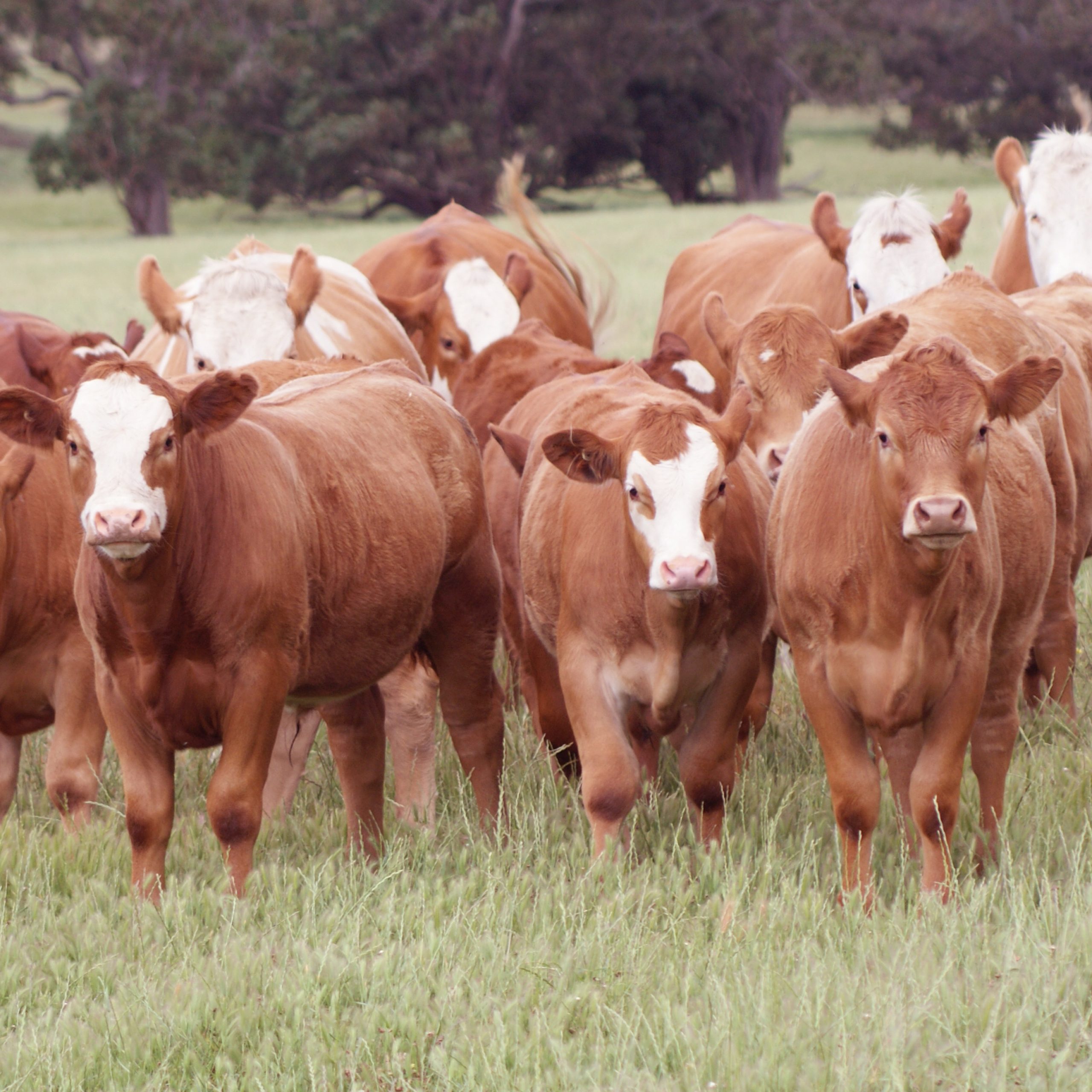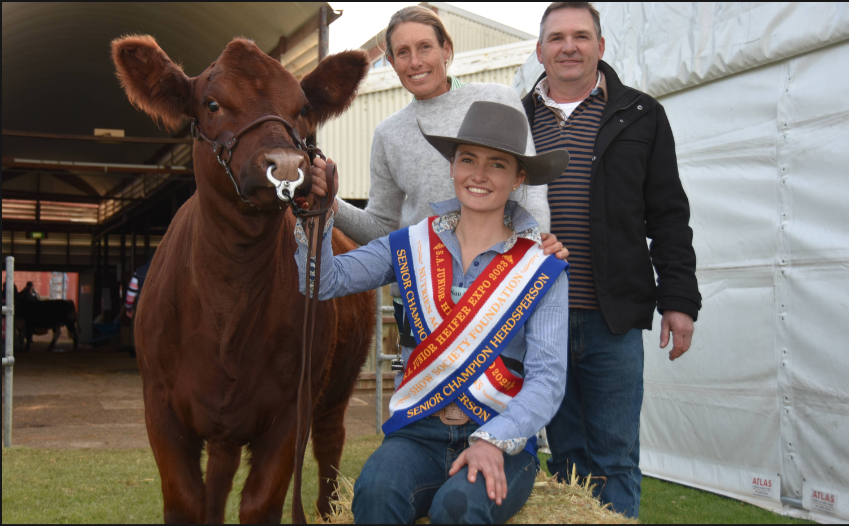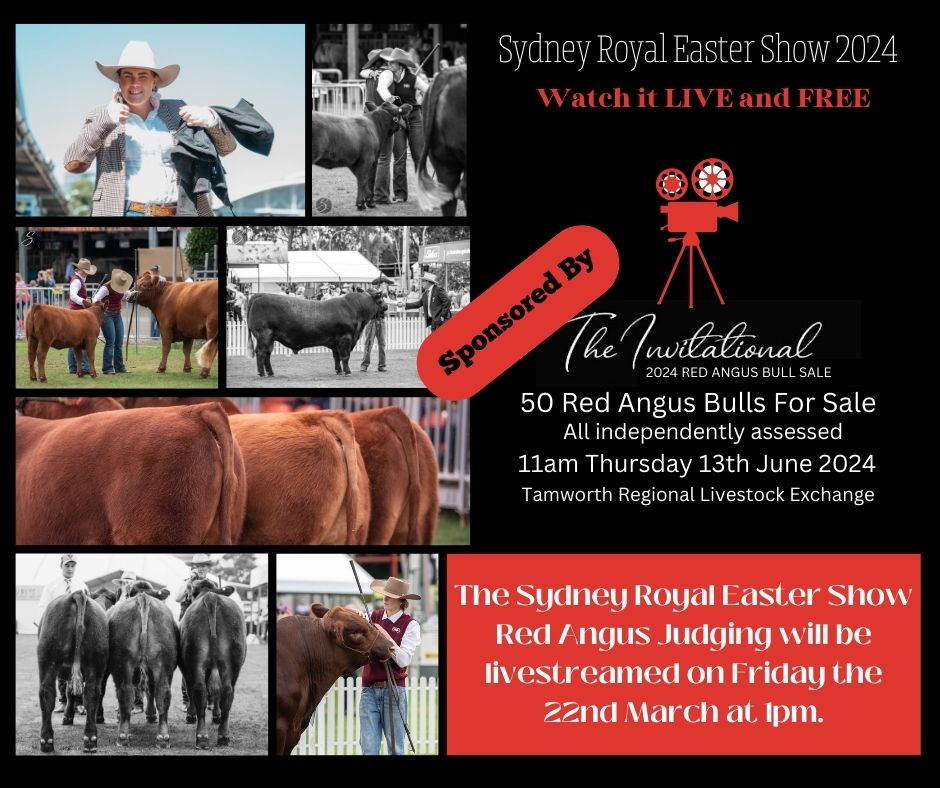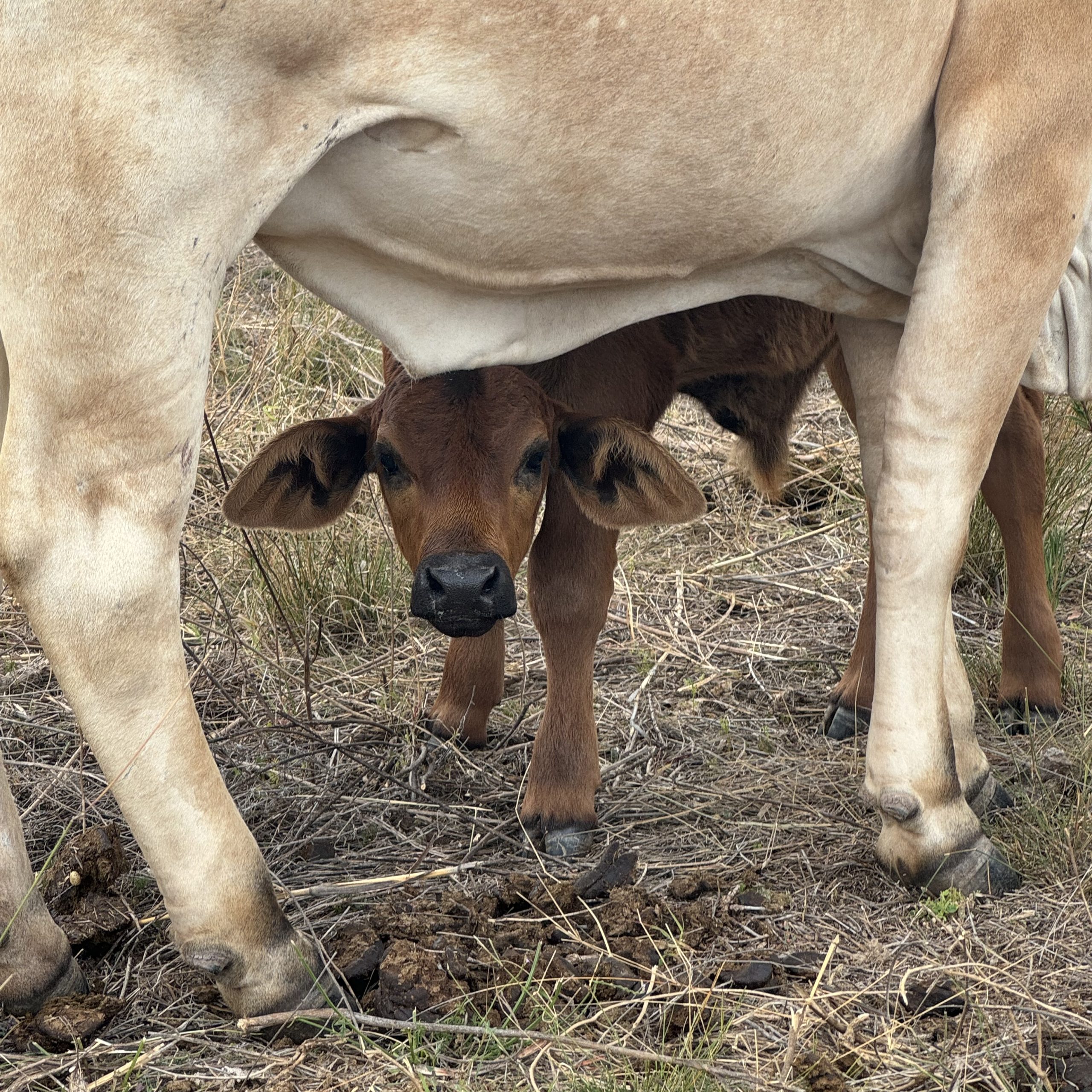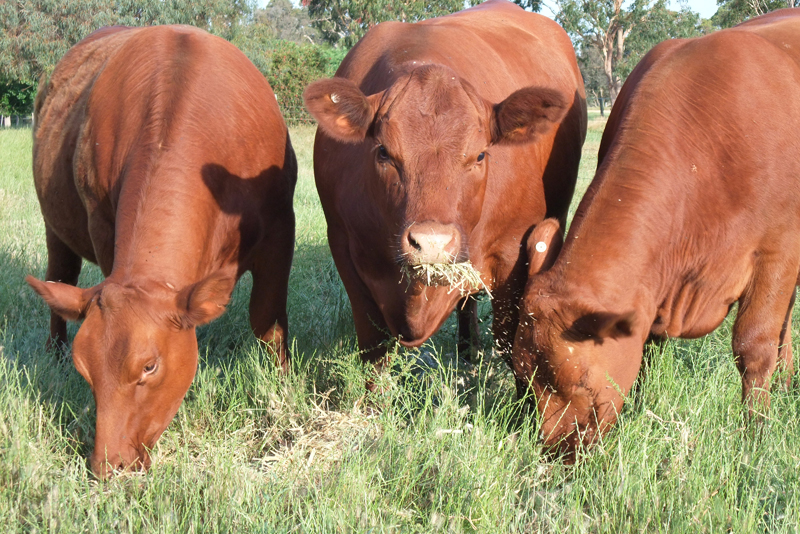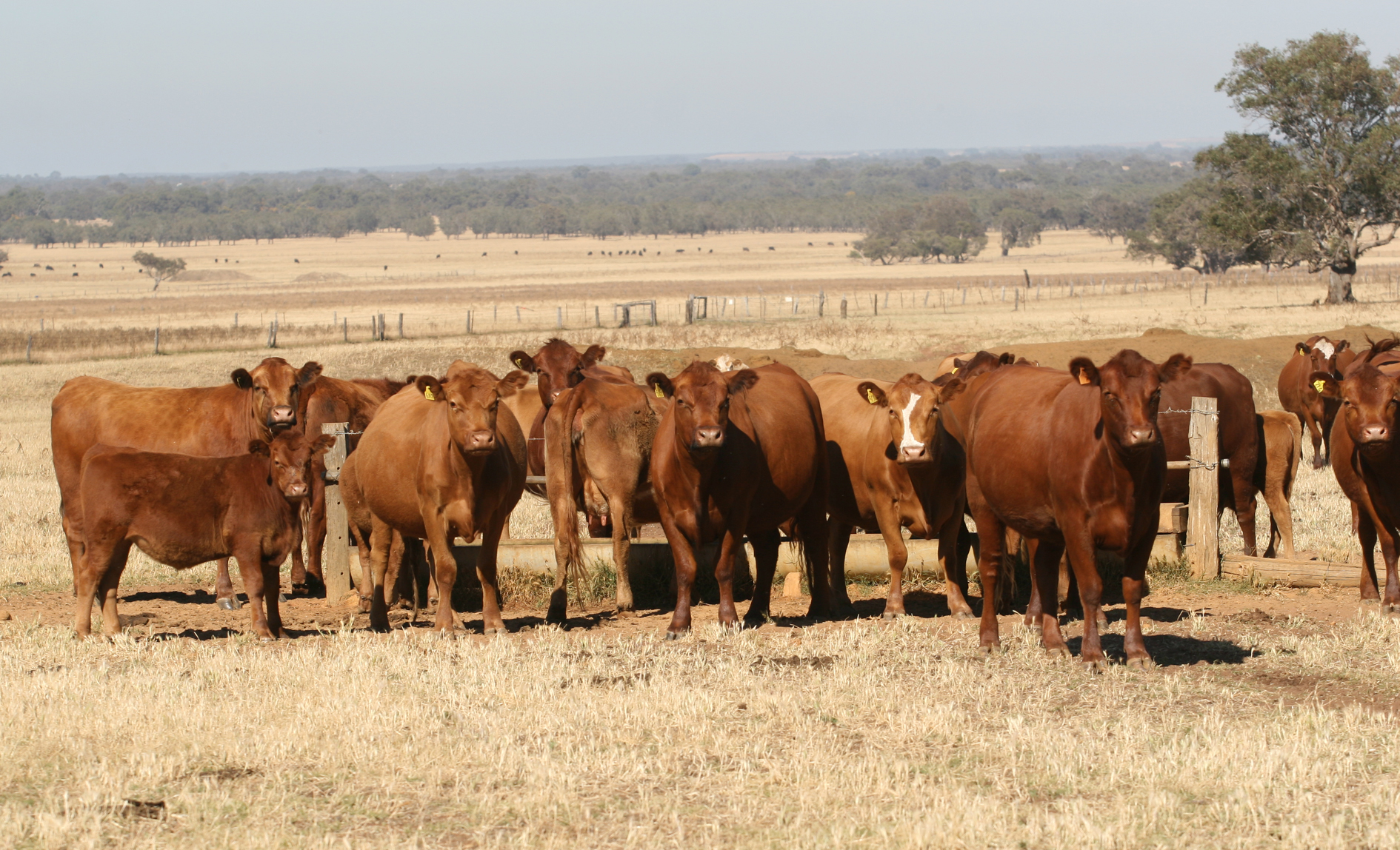
Feed efficiency and the cow herd
By Alistair Rayner
THE genetic variation that exists across cow herds contributes to the challenges beef producers face in every enterprise.
Achieving market compliance, meeting production goals as well as constantly balancing environmental influences such as feed supply to meet those outcomes is a common theme when talking to producers.
Producers who have managed to reduce the genetic variation in their herds can often find the task of meeting livestock needs, production goals and nutritional management made easier as animals have more predictable growth and production paths.
Conversely, wider variation in traits such as growth rate or mature size often require more attention in order to consistently achieve the right businesses outcomes.
While many producers are confident in their selection decisions to meet production traits, particularly in regard to sire selection, the choices made on replacement females can often require additional consideration.
For most beef production enterprises, one of the largest costs associated with production is the cost of feed. This can be the cost of establishing and growing feed, as well as inputting additional feed to address specific feed gaps.
Across a cow herd there can be significant variation in the amount of feed each animal consumes in order to produce a kilogram of weight or to achieve production goals.
Researching feed efficiency traits
In a recently published Journal of Animal Science paper, Dr Jason Archer from Beef & Lamb New Zealand along with researchers from CSIRO & NSW DPI investigated the relationships for feed efficiency traits in young animals with older animals. The intention of the project was to determine these relationships and potentially offer producers an opportunity to select females that had greater feed efficiency at an earlier age, and so increase the rate of improvement within herds.
The research work analysed almost 1800 females representing Angus, Hereford, Poll Hereford and Shorthorn bulls and heifers. From this population, 751 females were then re-assessed as cows.
The data collected was analysed for both physical and genetic relationships across feed efficiency traits, body composition and milk yield at post-weaning and again as mature cows. The feed efficiency measures conducted included feed intake and residual feed intake.
The females were initially tested for these traits at nine months of age, and again after their second calf. At this point the cows were about four years of age.
The study identified that the genetic correlations between traits measured post-weaning and again as cows as being moderate to high. In fact the heritability for the feed efficiency trait, known as Residual Feed Intake or RFI, was very high at 0.95.
The implications of this work are significant for producers focusing on improving feed efficiency within their breeding herd. The moderate to high levels of heritability mean producers who test their replacement heifers before selection can identify those animals that are genetically superior for this trait and more suitable for including in the breeding herd.
Risk of lighter mature cow weights?
Among some producers there is a concern that selection for lower RFI (better feed efficiency) would potentially lead to lighter mature weights or smaller cows. In fact the results demonstrated that it is possible to have more feed efficient cows (lower RFI) without causing a significant change to cow weight.
In considering the results of the work, along with several other studies conducted as part of the Beef CRC and the Maternal Productivity project highlighted several opportunities for producers.
Producers who actively chose to select replacement heifers for low Residual Feed Intake (RFI) will have heifers that are more feed-efficient on pasture, and do not have significantly different levels of reproductive performance.
Moreover, the project demonstrated that these heifers go on to become cows with calves that are more profitable on pasture, reinforcing earlier work conducted through the Beef CRC.

